This isn't working — something needs to change.
Of all the Android manufacturers out there, the one that I find the most interesting to watch is Motorola. This is a company that's gone through a lot of change over the years, starting its Android journey with the whole DROID phase in the 2000s, then its operation under Google ownership, and now being managed by Lenovo since 2014.
Just like any company, Motorola has had its fair share of highs and lows throughout all of this time. Specifically as a Lenovo-owned entity, one of my ongoing gripes with Motorola has been its crowded lineup of available smartphones. What used to be a laser-focused brand that put meaning and weight behind its releases has turned into something that seems to churn out a new phone every couple of months.
Having lots of choices is never a bad thing, but the way Motorola is going about things is both confusing and ultimately damning to its customers.
On the note of confusion, Motorola currently has six distinct families of Android phones for the United States — Moto E, Moto G, Moto Z, Motorola One, Edge, and RAZR. Even if we don't count the RAZR since it's a distinctly different form factor, that's still a lot to keep up with. Furthermore, each of those families represents a multitude of devices. As of June 2020, here are all of the Motorola phones that you can buy in the U.S.:
- Moto E (2020)
- Moto E6
- Moto G Stylus
- Moto G Power
- Moto G Fast
- Moto G7
- Moto G7 Power
- Moto G7 Play
- Moto Z4
- Motorola One Zoom
- Motorola One Action
- Motorola One Hyper
- Motorola Edge+
- Motorola Edge (coming this summer)
Each of those families is supposed to be representative of a distinct type of device, but the lines separating them continue to get blurrier and blurrier. Motorola One phones are now used to highlight Moto handsets with unique camera features, but their mid-range specs and prices make them look like Moto G offshoots. There's also the fact that Motorola One was initially used to highlight the company's involvement in the Android One program for fast and reliable software updates, but that's no longer the case (at least in the U.S.).
Moto G continues to be the go-to for reliable, low-cost Android options, and while it looked like Motorola was on the right track to simplifying the series this year, I'm no longer certain of that.
In place of multiple Moto G8 variants for its mid-range offerings, we instead got the Moto G Stylus and Moto G Power — two phones with very similar DNA that stand out for two distinct reasons. The Moto G Stylus has a stylus and the G Power has a huge battery, with the rest of the spec sheet and features being mostly the same.
New phones are fun, but these feel really unnecessary.
This past Friday, however, Motorola threw more phones at us with the Moto G Fast and the new Moto E. With a name like "Moto G Fast," you'd expect the standout feature of the phone to be its great performance, right? It turns out the Moto G Fast not only has the exact same Snapdragon 665 processor as the Stylus and Power, but it actually has less RAM. In other words, the Fast is technically the slowest of the three Moto G phones.
Then there's the new Moto E. On its own, the Moto E looks kind of great. It offers a lot of considerable upgrades compared to 2019's Moto E6, in addition to the simplified naming. However, the Moto G Fast basically cannibalizes the phone. The G Fast costs just $50 more and has a faster processor, more RAM, a much sharper display, better cameras, and a larger battery.
In that same breath, however, the Moto G Power still stands out as arguably the best entry in the current G family. The G Fast comes with 3GB of RAM and 32GB of storage, which is hard to defend in 2020. For another $50 for the Power, you step up to 4GB of RAM, 64GB of storage, and that huge 5,000 mAh battery. On top of all that, now having the G Fast and G Power makes the $300 Moto G Stylus look even more ridiculous.
And on the subject of price, the introduction of the Moto G Fast and Moto E now means that Motorola has phones that cost $150, $200, $250, and $300. Competition is one thing, but over-releasing phones that don't seamlessly coexist with each other is something else entirely.
Do you see how confusing this all is?
This overabundance of hardware can certainly make the initial purchase confusing, but it has repercussions beyond that. Managing and supporting so many different phones is no easy task, and in the case of Motorola, this has resulted in the company only committing to one Android update for its Moto G phones. However, with the introduction of the Moto G Fast and the Moto E, things are somehow getting even worse.
$150, $200, $250, or $300 — the choice is yours to make.
The Moto E is confirmed to not get any major software updates, meaning it will never see anything beyond Android 10 that it ships with out of the box. That's nothing new for Moto E devices, but Motorola's going against its already weak policy for the Moto G Fast. Instead of promising one Android update for the phone, Motorola isn't committing to anything. It could get an update to Android 11 at some point, or you could spend $200 on a phone that will have outdated software in just a few months with no light at the end of the tunnel.
I already aired my grievances regarding Motorola and software updates, but this new release only confirms that worry. Motorola is so intent on releasing phone after phone that it can't be bothered to take a step back and stand behind what it's putting out there for people to buy.
All of this goes without even mentioning the five other Moto G8 phones that are sold in markets outside of North America, further muddying Motorola's portfolio, branding, and ability to properly support its customers.
There's a beauty to be found in simplicity and having the ability to show restraint. It's something Motorola doesn't appear to be aware of, and I really hope that changes soon. Motorola used to be one of the most interesting players in the Android market, and it pains me to see that it's lost the magic it once had.
Dear Motorola — it's time to start caring about software updates
The best one
Moto G Power
$250 at Amazon $250 at Motorola $250 at Best Buy
Confused by the new Moto G lineup? Just get this
It can be difficult to keep up with Motorola's current smartphone lineup, but you can keep things simple and just buy the Moto G Power. It offers the best blend of specs and features while retaining a very reasonable price, and it's at least guaranteed an update to Android 11.

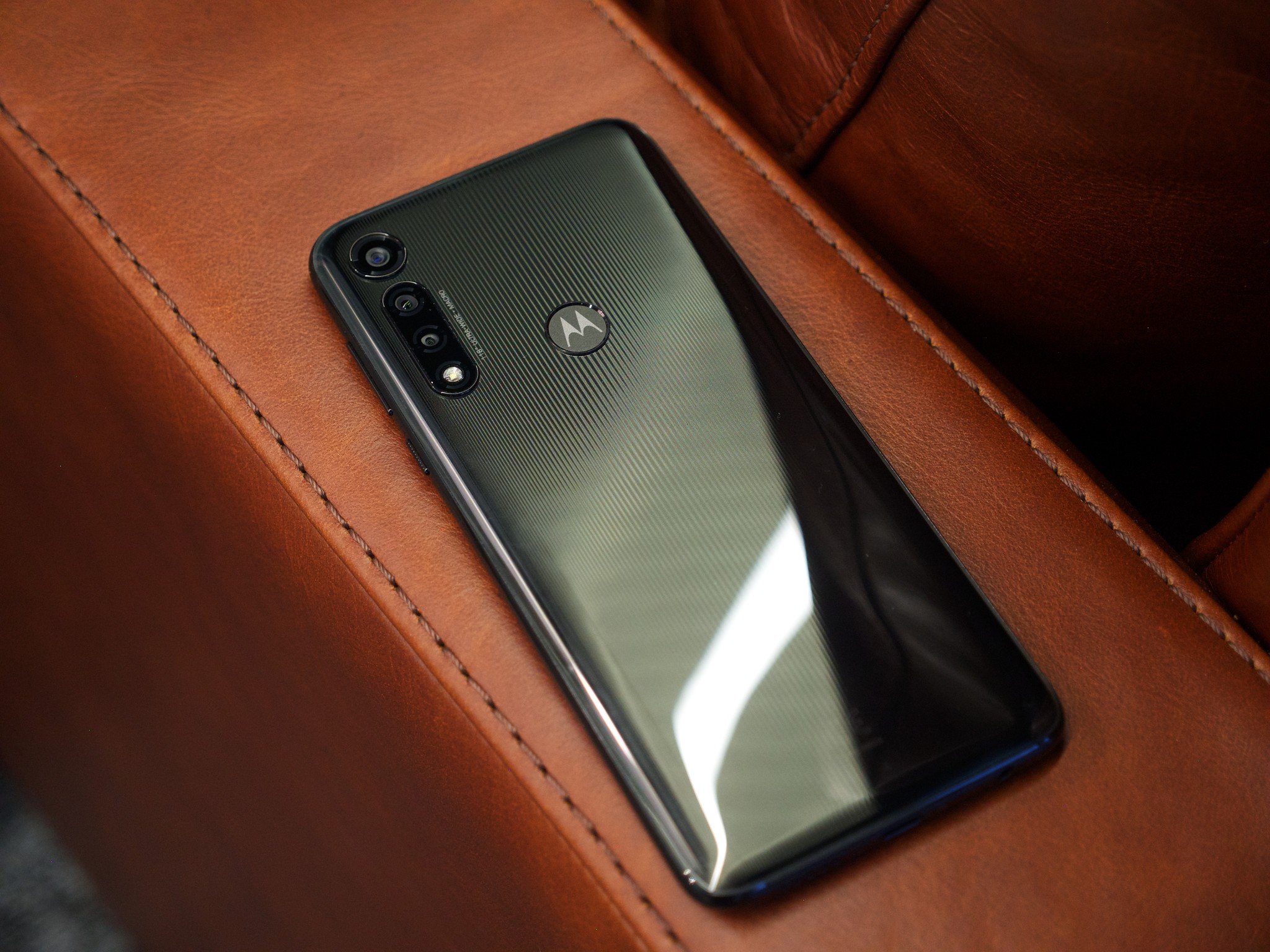
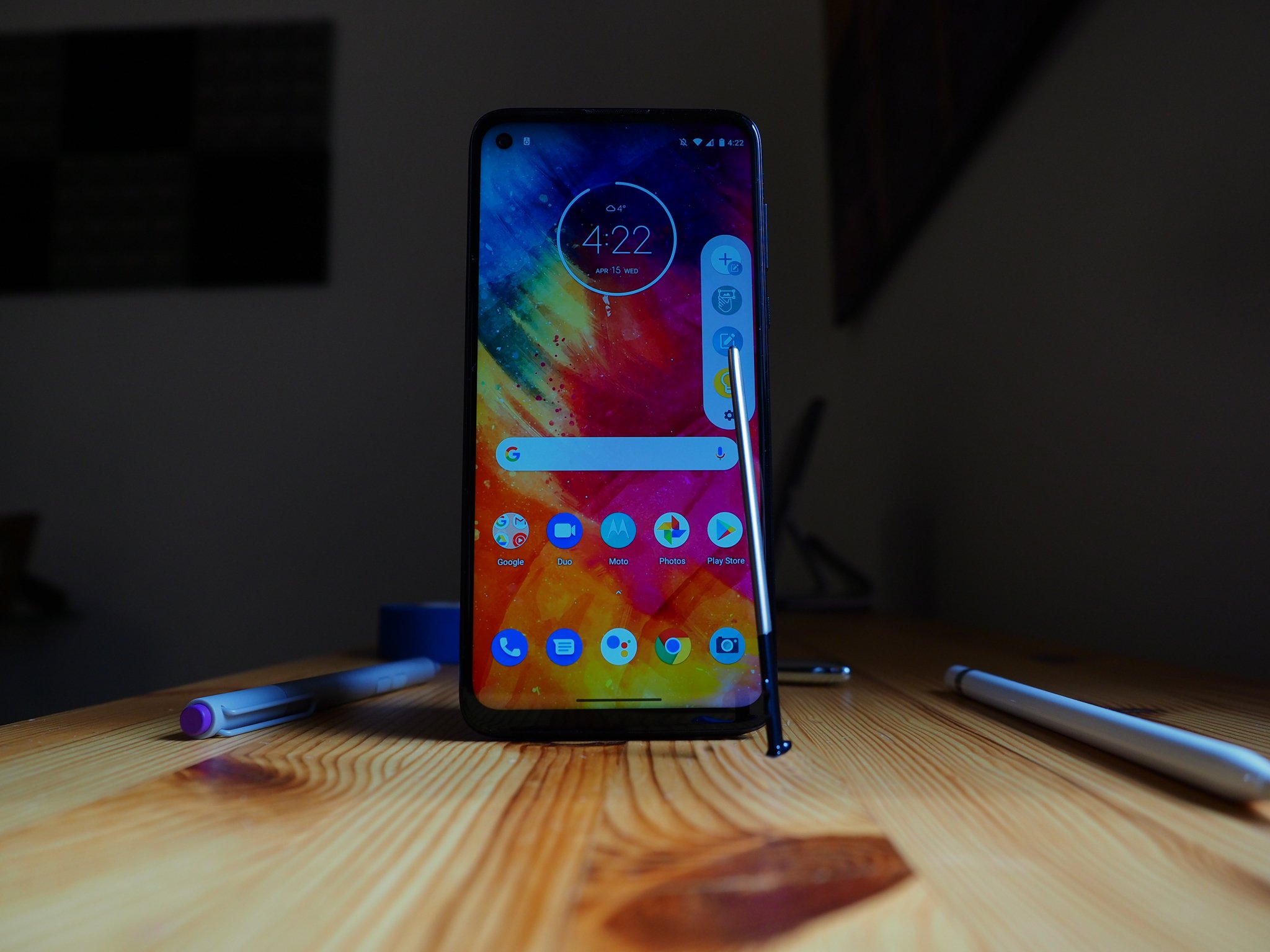
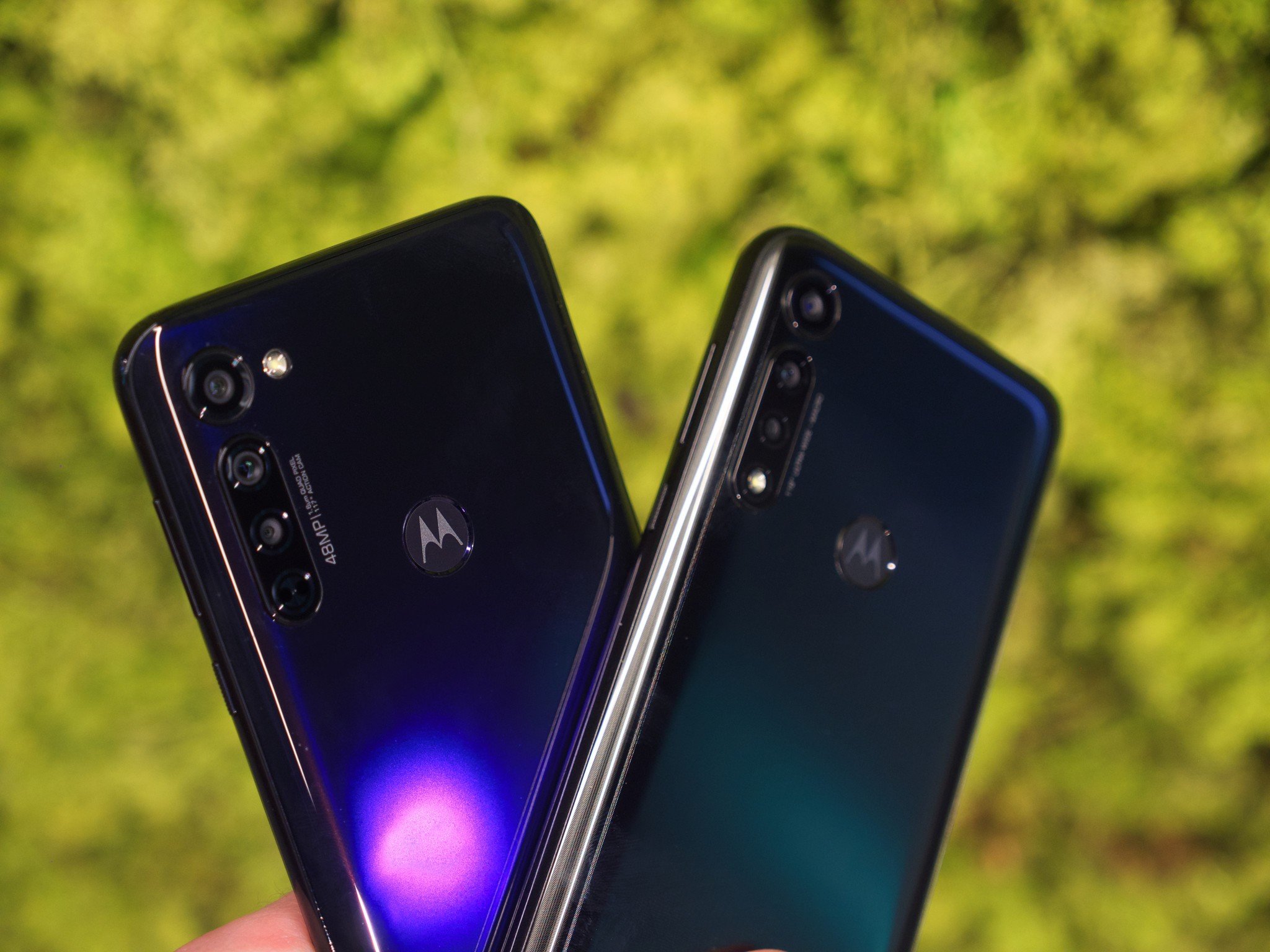
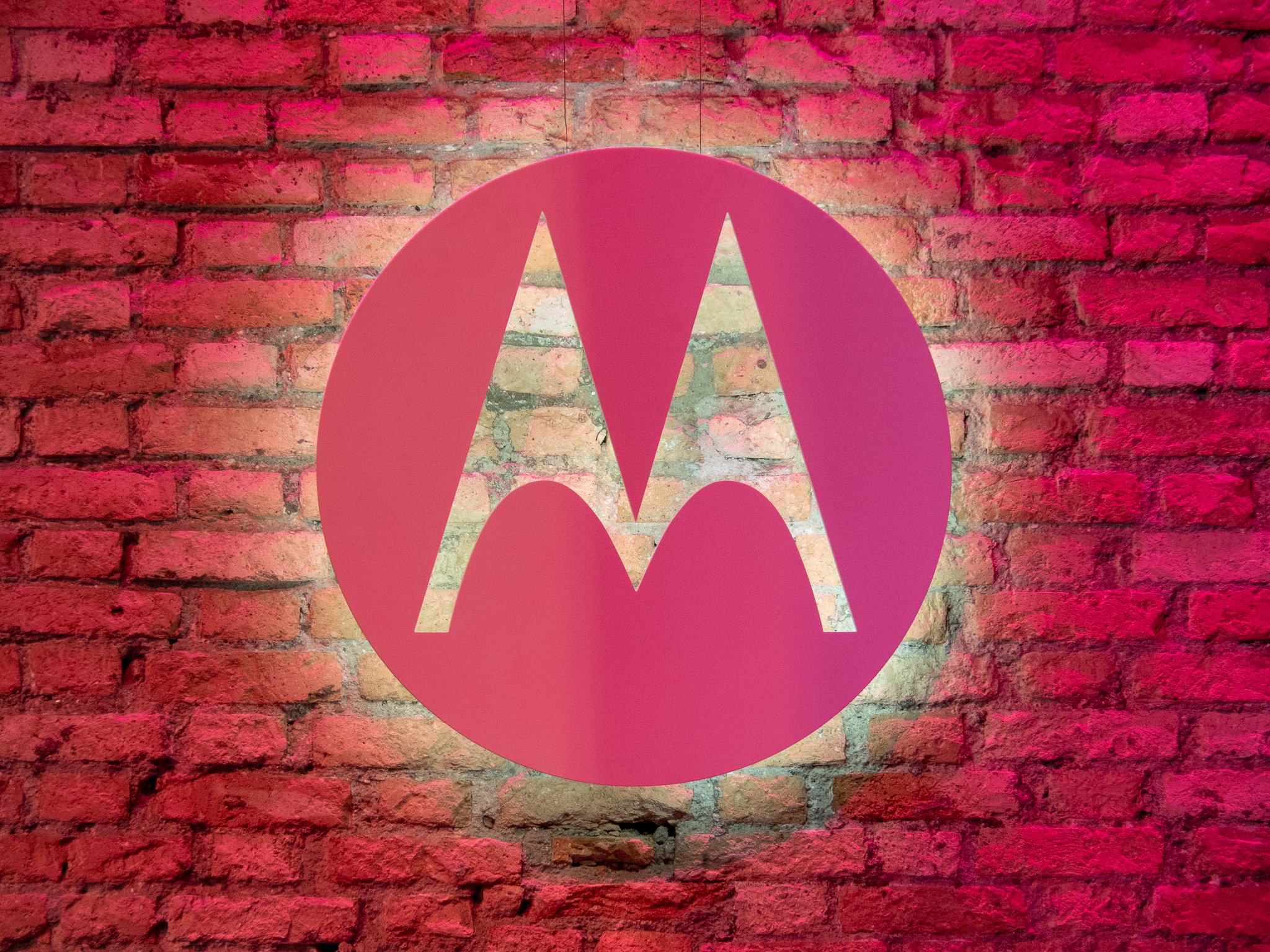
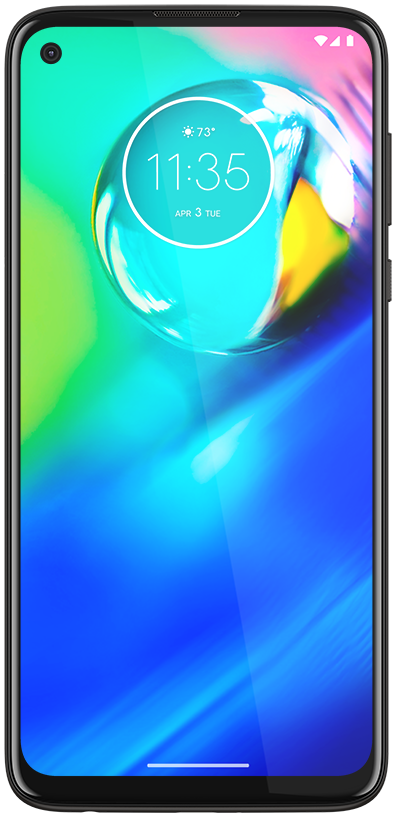
Post a Comment